Dear Friends,
Yesterday, after more than four months of absence, I finally returned to Sridham Mayapur. Burning with impatience this morning I went to the construction site of the TOVP, accompanied by our Construction Manager, His Grace Premavatar Gauranga prabhu, who showed me the various directions in which work is now underway.
We bowed to Srila Prabhupada, who is majestically seated in a specially designated room on the Pujari floor and awaits the opening of the Temple to move to His permanent place in the Temple Room. He is being worshiped nicely and we received His prasadam.
I saw significant progress in the marble cladding of the upper floors of the TOVP, a huge number of ready-made GRC coffered ceiling elements for the Nrisimhadev Dome (which are ready for painting and installation on the Dome), we enjoyed examining the exquisite pink sandstone Jaipur balusters on the top of the temple, received darshan of Jaya and Vijaya at the entrance to Temple Room, and discussed the details of the processing and painting of wall bas-reliefs in the Temple Room with the artist Ambhoda devi dasi.
Much has been accomplished in these few months and we hope that His Divine Grace Srila Prabhupada and Sri Caitanya Mahaprabhu will accept our sincere efforts to bring closer the auspicious day of the opening of Their Temple.












TOVP NEWS AND UPDATES – STAY IN TOUCH
Visit: www.tovp.org
Support: https://tovp.org/donate/
Email: tovpinfo@gmail.com
Follow: www.facebook.com/tovp.mayapur
Watch: www.youtube.com/c/TOVPinfoTube
View at 360°: www.tovp360.org
Twitter: https://twitter.com/TOVP2022
Telegram: https://t.me/TOVP_GRAM
WhatsApp: https://m.tovp.org/whatsapp2
Instagram: https://m.tovp.org/tovpinstagram
App: https://m.tovp.org/app
News & Texts: https://m.tovp.org/newstexts
RSS News Feed: https://tovp.org/rss2/
Store: https://tovp.org/tovp-gift-store/
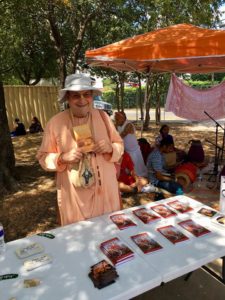










 By Mayapur Sasi dasa
By Mayapur Sasi dasa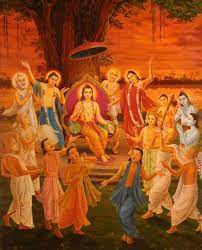
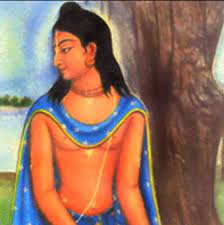
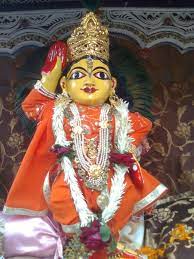






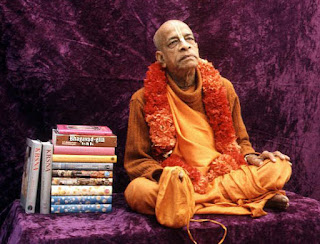

 By Aseem Krsna Das
By Aseem Krsna Das








 By Amanda Lucia
By Amanda Lucia